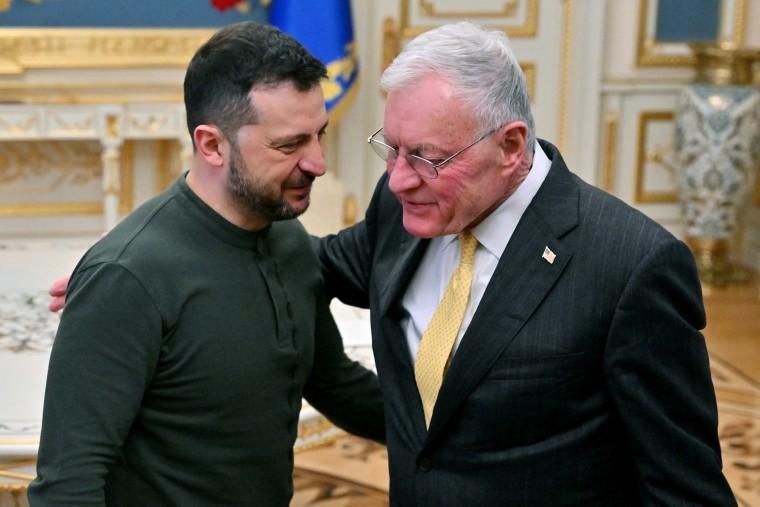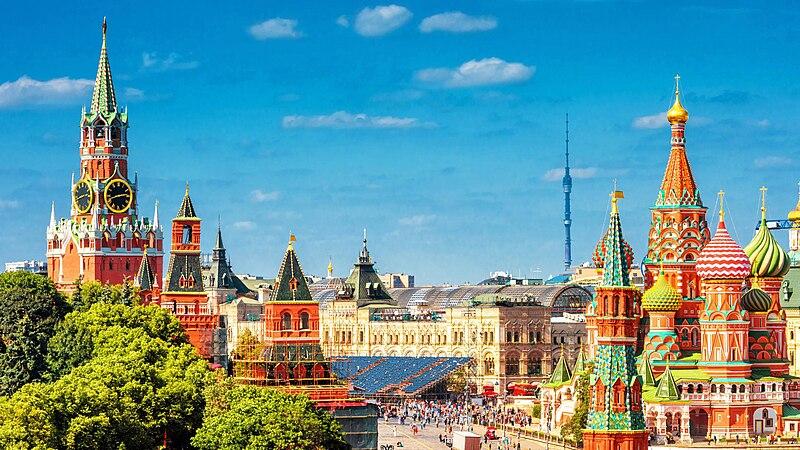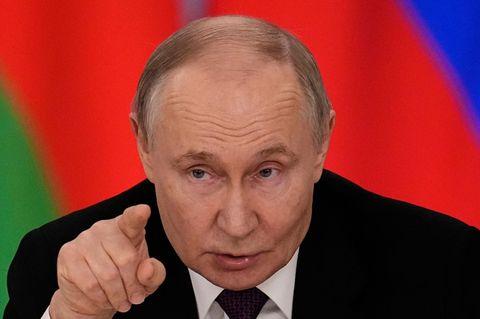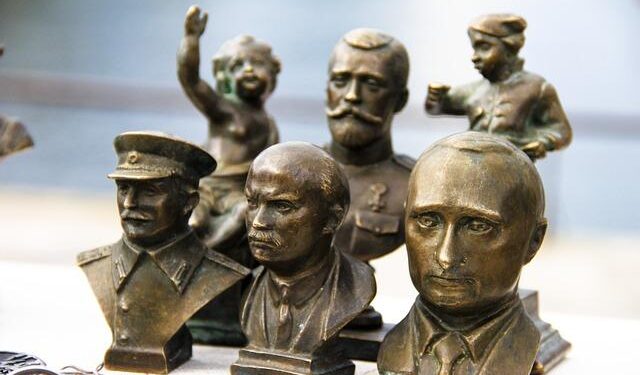In a notable escalation of tensions surrounding the ongoing conflict in Ukraine, Russian President Vladimir Putin has publicly questioned the viability of ukraine’s proposed ceasefire plan. In a recent statement, he outlined a series of stringent conditions that he argues must be met before any truce can be considered. This development raises critical concerns about the future of peace negotiations and the potential for renewed hostilities in a region that has been engulfed in conflict since 2014. As international observers and diplomatic officials closely analyze Putin’s demands, the implications for both Ukraine and the broader geopolitical landscape are becoming increasingly complex. This article delves into the key elements of Putin’s conditions,the reaction from Kyiv,and the potential impact on the fragile status quo in Eastern Europe.
Putins Skepticism Towards Ukraines Ceasefire Proposal
In recent statements, Vladimir Putin has expressed strong reservations regarding Ukraine’s ceasefire proposal, signaling a complex dynamic in the ongoing conflict. He delineated a series of strict conditions that must be met before any discussions of a truce can be entertained. Among the concerns raised are:
- The insistence on recognition of territorial claims: Putin emphasized that any ceasefire must take into account Russia’s annexation of Crimea and the control over parts of Eastern Ukraine.
- Security guarantees: There is a demand for assurances from Western nations that they will not interfere in future operations or support Ukraine militarily during a ceasefire period.
- Disarmament clauses: The Russian president has called for a disarmament of Ukrainian forces in the contested regions as a prerequisite for considering peace talks.
Putin’s conditions have raised eyebrows both domestically and internationally, painting a bleak picture for any immediate resolution to the conflict. Analysts predict that these stipulations could prolong the war, as they require significant concessions from Ukraine, which may not be politically viable given the domestic pressure on Kyiv. The geopolitical implications are immense,especially in light of:
| Condition | Potential Impact on Ceasefire |
|---|---|
| Recognition of territorial integrity | Could lead to a stalemate,as Ukraine may refuse to cede territories. |
| Security guarantees | Risk of escalation if guarantees are perceived as insufficient. |
| Disarmament agreements | Challenges in monitoring and enforcement could hinder trust. |

Key Conditions Outlined by the Kremlin for Negotiations
In a recent statement,the Kremlin outlined a extensive set of demands that must be met before any meaningful discussions regarding a ceasefire with Ukraine can take place. Central to these demands is the recognition of territorial integrity, emphasizing that any agreements must acknowledge Russia’s claim over Crimea and parts of Eastern Ukraine. Additionally, the Kremlin insists on the immediate cessation of hostilities, which it argues is essential for creating an surroundings conducive to dialog. Other key conditions include:
- Guarantees against NATO expansion in Eastern Europe
- Commitments to demilitarization of Ukraine, particularly in border regions
- protection for the Russian-speaking population in Ukraine
Furthermore, Russian officials have indicated that they expect any negotiation framework to include a structured timeline for these conditions to be implemented. They argue that without a clear and binding agreement on these points, the prospects for peace remain dim. Observers caution that the Kremlin’s stringent prerequisites are likely to complicate negotiations significantly, as they reflect not just tactical interests, but deeper geopolitical objectives that could reshape regional dynamics. The implications of these conditions extend beyond immediate military concerns, possibly influencing the broader security landscape in Europe.

Implications of Russias Demands on Future Diplomatic Efforts
The demands put forth by Russia signify a crucial turning point in the diplomatic landscape surrounding the ongoing Ukraine conflict. As these conditions unfold, they potentially reshape the dialogue for peace negotiations, leading to a more fragmented approach to diplomacy not only between the involved nations but also among global stakeholders. Key implications include:
- Increased Tensions: The stipulations may intensify the current standoff, making conciliatory agreements more elusive.
- Shift in Alliances: Countries may reassess their positions based on how they align with either side’s demands.
- Global Economic Impact: Ongoing uncertainty might exacerbate economic volatility, influencing energy supply chains and international markets.
Moreover, the nature of Russia’s prerequisites underscores its strategy of leveraging military and political power to dictate terms, which could establish a precedent for future conflicts. The international community’s response will be crucial in either reinforcing these demands or countering them, thus affecting not just regional stability but also global diplomatic norms. Consider the following points:
| Potential Responses | Possible Outcomes |
|---|---|
| Sanctions Increase | Heightened international isolation of Russia |
| Diplomatic Engagement | Opportunities for renegotiation and potential de-escalation |
| Military Support to Ukraine | Escalation of conflict, with varying levels of international liability |

International Reactions to Putins Stance on Ceasefire
In the wake of President Putin’s recent skepticism towards Ukraine’s ceasefire proposal, international reactions have been swift and varied, reflecting the complexity of the geopolitical landscape. Many western leaders have expressed disappointment at Russia’s stringent conditions, which they argue undermine genuine efforts towards peace. Notable responses include:
- United States: A call for an immediate and unconditional ceasefire was reiterated by White House officials, emphasizing the need for a diplomatic resolution.
- European Union: The EU issued a statement advocating for sincere negotiations, condemning any preconditions that could prolong the conflict.
- NATO: A sharp critique was aimed at Russia’s unwillingness to cooperate,warning that such actions could lead to further isolation on the international stage.
Conversely, some nations, particularly those with closer ties to Russia, have supported Putin’s stance, stressing the importance of maintaining national security interests. Analysts suggest that this division could lead to a fractured international response, complicating the pathway to de-escalation. A brief overview of global perspectives illustrates this phenomenon:
| Country | Reaction |
|---|---|
| China | Encouraging dialogue without interference |
| India | Promoting a collaborative approach,respecting sovereignty |
| Turkey | Offering to mediate talks between the two nations |

Analyzing the Potential Impact on Civilian Populations in Ukraine
The ongoing conflict in ukraine has profound implications for civilian populations, especially in light of the recent skepticism expressed by Putin regarding any ceasefire agreement. The potential for escalation continues to loom, threatening both immediate safety and long-term stability for millions. Key considerations include:
- Humanitarian Access: Ongoing hostilities impede aid delivery, leaving many in dire need of food, medical assistance, and shelter.
- Displacement: The conflict has already caused significant internal displacement, and further escalations could exacerbate this crisis, leading to larger swathes of the population being forced to flee their homes.
- Public health: Prolonged conflict can lead to outbreaks of disease, as health infrastructure deteriorates and essential services become inaccessible.
Moreover, the psychological toll on civilians is a silent yet devastating consequence of war.Many are burdened by trauma, loss, and uncertainty about the future. An analysis of this impact can be illustrated in the following table:
| Impact Area | Potential Effects on Civilians |
|---|---|
| Education | Disruption of learning environments, leading to high dropout rates. |
| Economy | Loss of jobs and economic opportunities, increasing poverty levels. |
| Social Cohesion | Growing mistrust and division among communities. |

Recommendations for a Balanced Approach to Mediation and Peacebuilding
In the context of the ongoing conflict regarding Ukraine, a balanced approach to mediation and peacebuilding is crucial for securing lasting resolutions. Stakeholders should prioritize inclusive dialogue, ensuring that all parties involved have a platform to voice their concerns and expectations. By integrating a variety of perspectives, mediators can better understand the underlying issues and work towards fostering trust and cooperation among competing factions. Regular engagement through neutral forums can facilitate constructive conversations that may lead to viable compromises and shared objectives.
Another essential aspect involves the incorporation of neutral third-party facilitators who can impartially guide the negotiation process. The involvement of experienced diplomats or organizations can definitely help to alleviate unintended biases that might arise from direct negotiations.moreover, establishing clear frameworks for accountability and monitoring mechanisms will be vital for assessing adherence to agreements. By committing to obvious practices and establishing visible milestones, all involved parties can track progress while ensuring that the peacebuilding efforts remain aligned with the evolving socio-political landscape.
In Summary
President Vladimir Putin’s skepticism towards Ukraine’s proposed ceasefire plan underscores the complexities and challenges that continue to beset the conflict. His insistence on strict preconditions reflects a broader strategy that prioritizes Russian interests while casting doubt on Ukraine’s commitment to peace. As diplomatic efforts falter and tensions escalate, the path towards a viable resolution appears increasingly fraught. Stakeholders in the region and the international community will need to navigate these turbulent waters carefully, as the implications of this standoff extend far beyond Ukraine’s borders. The ongoing dialogue, or lack thereof, will be crucial in shaping the future stability of Eastern Europe and the potential for lasting peace. The coming days and weeks may reveal whether any breakthrough can be achieved or if the situation will continue its troubling trajectory.
















